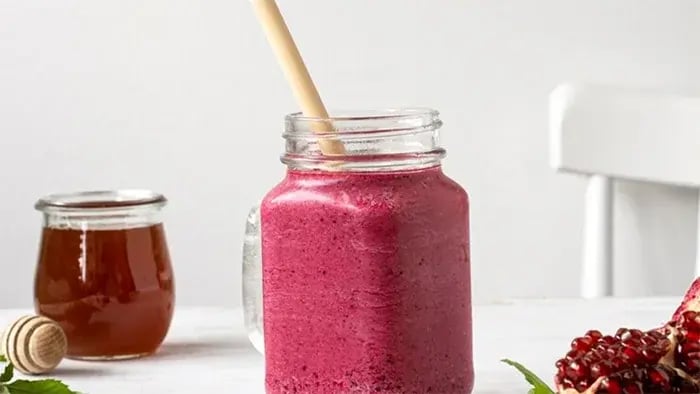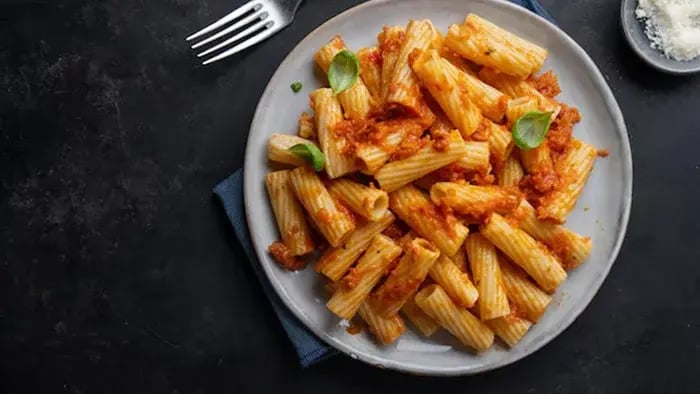- Potent antioxidant
- Essential for eye health
- Protect against certain cancers
- Boosts your immune system
- Fruit Smoothie
- Puree
- Bake Them In
- Find The Fish
- Pasta Sauce
Vitamin A is an important vitamin for our health, it is a fat soluble that helps health to absorb essential nutrients in our body. There are 2 types of vitamin A that are found in food: retinol and retinyl esters, retinol is found in dairy, liver, and fish, while provitamin A carotenoids is found in plant foods like fruits, vegetables, and oils.
Benefits of Vitamin A:
1. Potent antioxidant
Carotenoids such as beta carotene, alpha carotene, and beta cryptoxanthin are precursors of vitamin A and have antioxidant properties.
2. Essential for eye health
Vitamin A is essential to vision and eye health. It helps protect against certain eye diseases, such as age-related macular degeneration (AMD).
3. Protect against certain cancers
The antioxidant properties, carotenoid-rich fruits and vegetables have helps to protect against certain types of cancer.
4. Boosts your immune system
Vitamin A impacts immune health by stimulating responses that protect your body from illnesses and infections. Vitamin A is involved in the creation of certain cells, B cells and T cells, which guard against disease.
5 Creative Ways to Sneak Vitamin A Foods into Your Kids' Meals
1. Fruit Smoothie

Fruit smoothies are the best way to hide veggies in plain sight. Blend in all the veggies with fruits and give your kid a fruit smoothie. Grab some spinach, banana, yogurt, and pineapple juice, blend it, and do it. It's a healthy drink in minutes packed with vitamins. Spinach is rich in various vitamins like A, C and K. The fruity flavor will easily hide the hint of veggies, and your kids will love this.
2. Puree
Pureed vegetables offer a sneaky yet nutritious way to get picky eaters to consume more Vitamin A. Blend veggies like beetroot, spinach and carrots into staple kid favorites like marinara sauce. The pureed veggies seamlessly integrate into the dishes. It will allow the kids to enjoy the flavors they love while benefiting from the vitamins, minerals, and fiber from the hidden vegetables.
3. Bake Them In

With kids often being picky eaters, parents are constantly seeking creative solutions to get more veggies into their diets. One effective approach is baking nutritious treats that sneak in vegetables while still tasting delicious. For example, carrots and zucchini are a rich source of vitamin A. They can be grated into very small pieces and incorporated into cookies, brownies, and other baked goods.
Garnish the cookies with chocolate or nuts; this way, they won't understand that cookies have veggies in them. Carrots add nutrients like vitamin A, fiber, and potassium while remaining hidden in the treat.
4. Find The Fish
Fish is an essential source of vitamin A, which is critical for healthy vision, a strong immune system, and proper growth and development in children. However, feeding too many fish to kids can expose them to concerning levels of mercury, a heavy metal that can harm the developing brain and nervous system. To balance these nutrition and safety issues, you can prepare them like this:
- Lightly dredged in flour and pan fried with butter, these oily fish develop a crispy exterior and tender interior. The butter browns and crisps the coating while keeping the fish moist.
- Fried sardines and mackerel can be served plain to enjoy their full flavor, paired with homemade tartar sauce for a tangy contrast, or used as a protein-packed salad topper.
- Mashed and mixed into egg, or chicken salad, the flavor of the oily fish adds a savory umami note.
- Sardines and mackerel can also be mixed into pasta dishes to add hearty protein and briny flavor to the noodles.
5. Pasta Sauce

Adding chopped carrots, bell peppers, or tomatoes to pasta sauce is an excellent way for parents to sneak extra vegetables into their kids' meals. When blended into the rich, tomato-based sauce, the bright colors of these veggies become muted, effectively disguising them from picky eaters. Yet they still impart important vitamins, minerals, and fiber that growing children need. The sweetness of the carrots and peppers balances nicely with the acidity of the tomatoes.
With just a few extra ingredients that are rich in vitamin A and a quick spin in the food processor or blender, pasta night can become an opportunity to increase kids' vegetable consumption. The whole family enjoys the flavorful pasta dish, and parents have the satisfaction of knowing their children are eating healthily without a battle at the dinner table.
Tarishi Shrivastava is a young writer who has covered a range of topics on children's health, including nutrition, fitness, sleep, and parent-child bonding. With a keen interest in simplifying wellness for parents, she brings a practical and engaging approach to her writing. Beyond work, she enjoys exploring new ideas, staying curious, and creating meaningful content.
The views expressed are that of the expert alone.
The information provided in this content is for informational purposes only and should not be considered a substitute for professional medical advice, diagnosis, or treatment. Always seek the advice of your physician or another qualified healthcare provider before making any significant changes to your diet, exercise, or medication routines.










